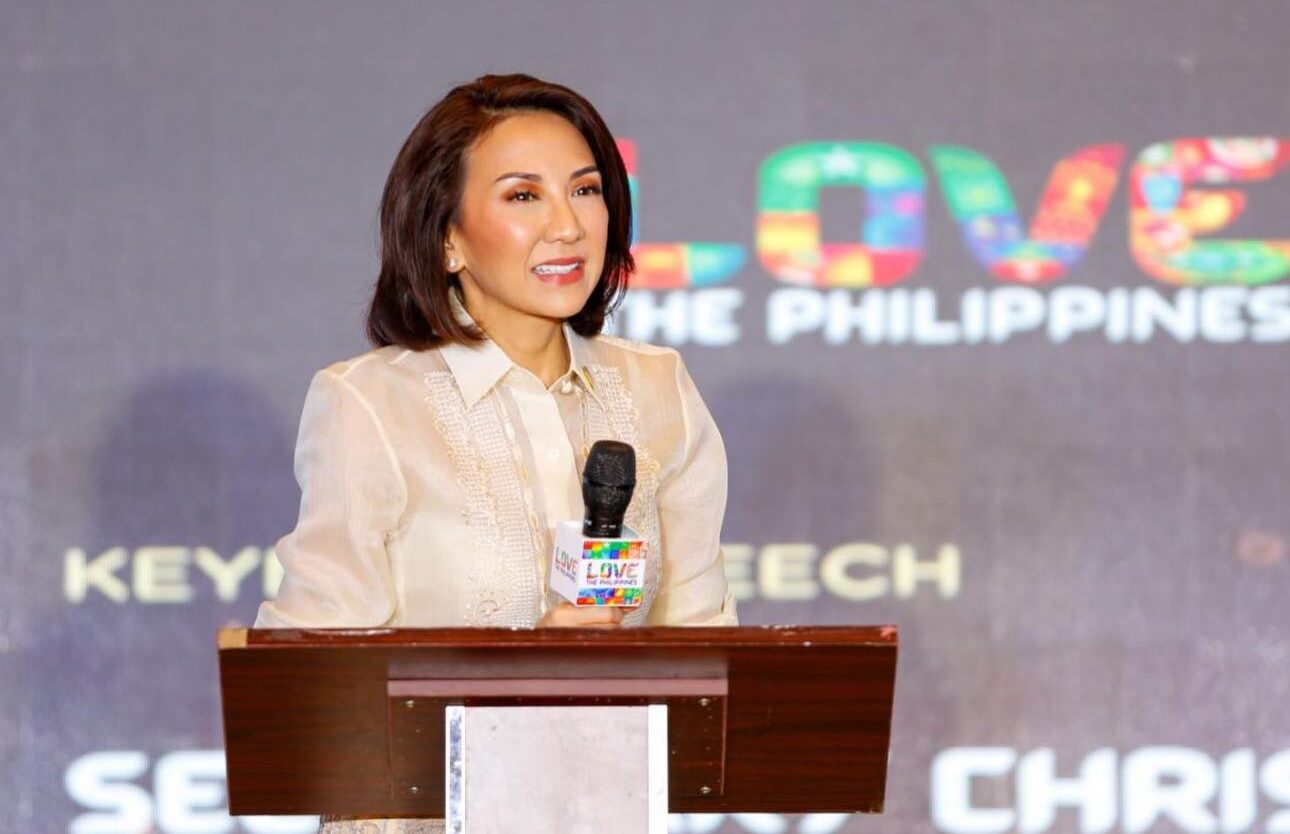PH again cited as ‘Muslim-friendly’ tourist destination
MANILA, Philippines — For the second straight year, a global travel index has recognized the Philippines as an “Emerging Muslim-friendly destination” among nonmembers of the Organization of Islamic Cooperation (OIC), the Department of Tourism (DOT) said on Saturday.
Based on the 2024 results of the Mastercard-CrescentRating Global Muslim Travel Index—an annual report benchmarking destinations in the Muslim travel market—the Philippines managed to develop initiatives such as including halal food and integrating Muslim-friendly amenities at major tourist spots in the country.
READ: DOT to further boost ‘Muslim-friendly,’ halal tourism
Increasing appeal
“Tourism authorities have placed halal tourism high on their priority agenda, evidenced by their action to enhance the halal tourism portfolio and raise awareness among tourism stakeholders about the values and practices important to Muslim travelers,” it said.
According to the DOT, the recognition was announced during the Halal in Travel Global Summit held last Thursday in Singapore.
Article continues after this advertisementGlobal payments company Mastercard said the Philippines recorded an increase in its score in the communications category compared to 2023.
Article continues after this advertisement“Among non-OIC destinations, the Philippines has steadily increased its appeal to Muslim tourists by strategically developing their halal tourism portfolio, enhancing halal accreditation of hotels and restaurants, and conducting halal awareness orientations,” it said.
Halal tourism
Following the citation, Tourism Secretary Christina Frasco vowed to further expand halal tourism, which “presents a rapidly growing market segment.”
From the Arabic word “halal,” which means “permissible,” halal tourism is a specialized sector that focuses on the specific preferences and requirements of Muslim travelers. These faith-based needs include halal food, prayer facilities and recreational spaces with privacy for women.
“By prioritizing this, we not only demonstrate our commitment to inclusivity and cultural sensitivity but also open up opportunities to attract more Muslim travelers from around the world, while expanding markets for our tourism stakeholders and creating more livelihood and employment for our fellow Filipinos,” she said.
The summit in Singapore coincided with President Ferdinand Marcos Jr.’s visit to Brunei Darussalam, where Frasco entered into a tourism cooperation deal aimed at further developing halal tourism in the Philippines.
According to the DOT, halal tourism is a priority product under the recently approved National Tourism Development Plan 2023 to 2028.
This is due to the positive outlook for the global halal tourism industry.
Rosy projections
According to CrescentRating, an authority on halal travel, Muslim international arrivals are projected to soar to as much as 230 million by 2028.
Their expenditures are also projected to reach a combined $225 billion, highlighting the great potential of this sector to contribute to the overall travel industry’s growth.
The DOT as well as private companies in the Philippine hospitality sector recognize this potential growth.
On the sidelines of the recently concluded Arabian Travel Market 2024 in Dubai last month, for instance, the DOT inked a memorandum of understanding with Megaworld Hotels and Resorts, which vowed to make all their properties Muslim-friendly.
Deal with Qatar
Earlier in April, the Philippines also signed a deal with Qatar to boost cooperation in the mutual development and growth of tourism and business events.
“Adapting to the changing needs of Muslim travelers by offering halal-friendly accommodations, dining options, prayer facilities and other services not only enhances the overall visitor experience but also showcases our respect for diverse cultural and religious practices,” Frasco said.
The DOT noted that arrivals from the Gulf Cooperation Council (GCC Middle East) have more than doubled from prepandemic levels in 2023, reaching 79,041 for a 115.28-percent recovery rate.
United Arab Emirates led the surge of tourist arrivals to the Philippines with 33,769, followed by Saudi Arabia (19,311), Qatar (10,438), Kuwait (6,915), Bahrain (5,886) and Oman (2,695).
